Most FM companies while moving with “digital transformation” tend to copy the VPC of competition and hence end up not being able to create any differentiator beyond Pricing!
Can they do better?
Author: admin
-
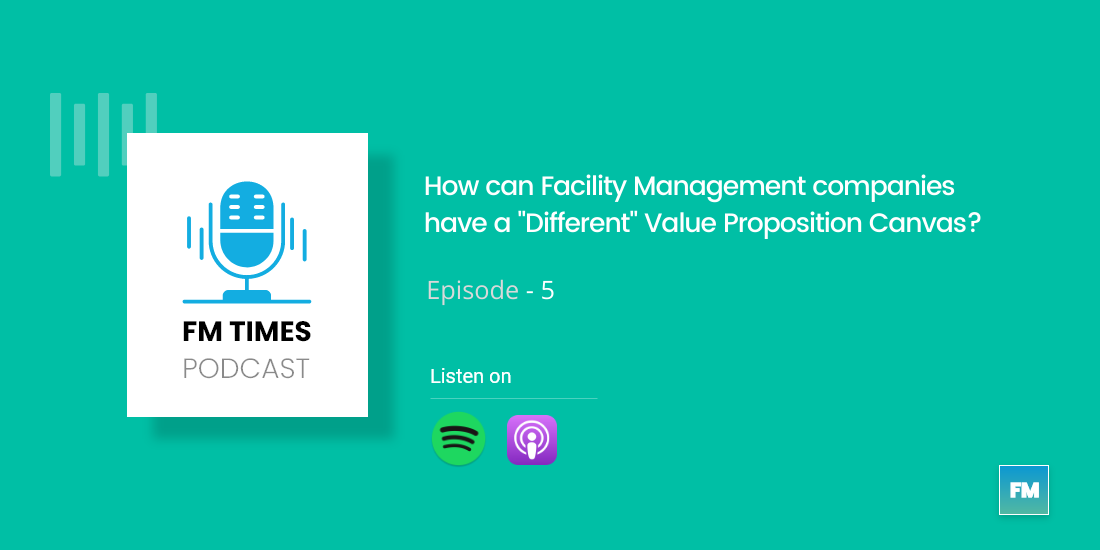
How can Facility Management companies have a “Different” Value Proposition Canvas?
-
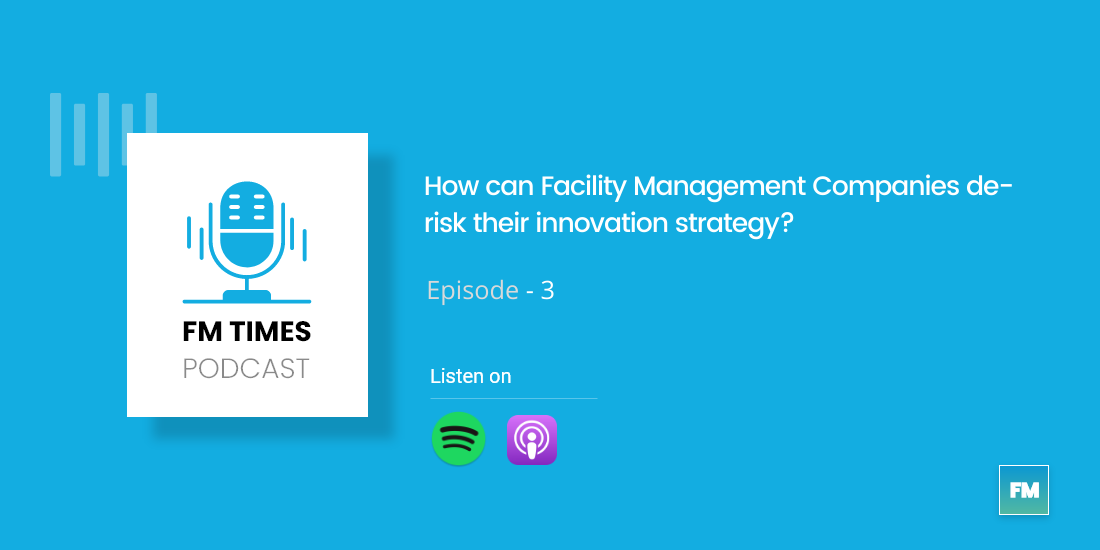
How can Facility Management Companies de-risk their innovation strategy?
A lot of FM companies are rather late to start on their Innovation journey, not only do they need to catch up fast but also avoid some of the common mistakes that others have made along the way.
How can they de-risk their innovation strategy?
-
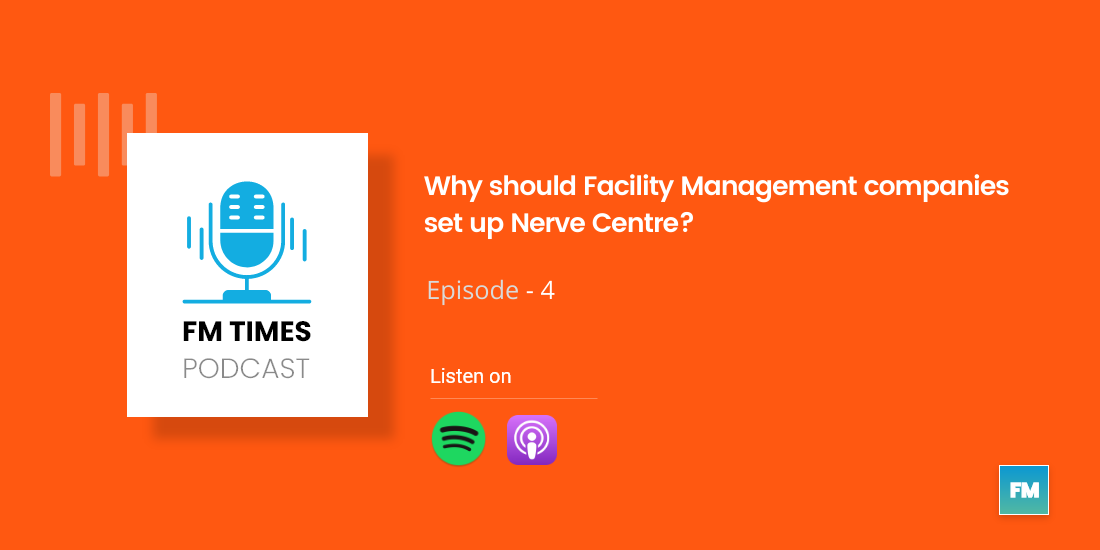
Why should Facility Management companies set up Nerve Centre?
I was listening to the podcast, Inside Strategy Room by Mckinsey & Company and was mighty impressed by some of the points guests make on ways in which executive teams can handle uncertainties.
Could not help draw a parallel to the way Facility Management Companies are currently or have historically looked at handling uncertain times and where lies an opportunity to change that forever. -
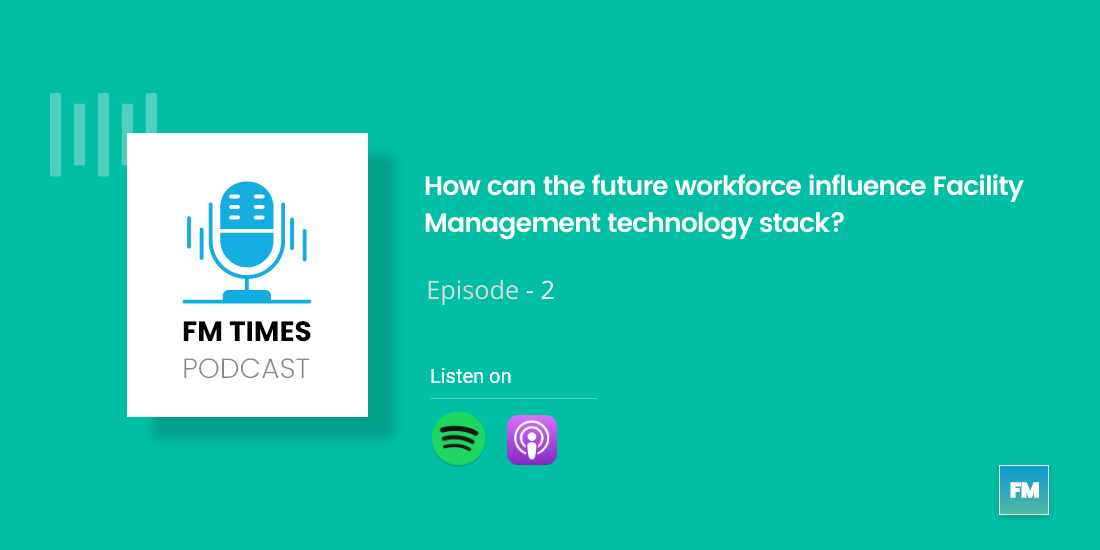
How can the future workforce influence the Facility Management technology stack?
Often the discussions Facility Management technology stack and investments miss out on an important influencing factor, i.e. the O&M workforce.
This micro podcast highlights how the future workforce will influence FM technology investments and why it should!
-
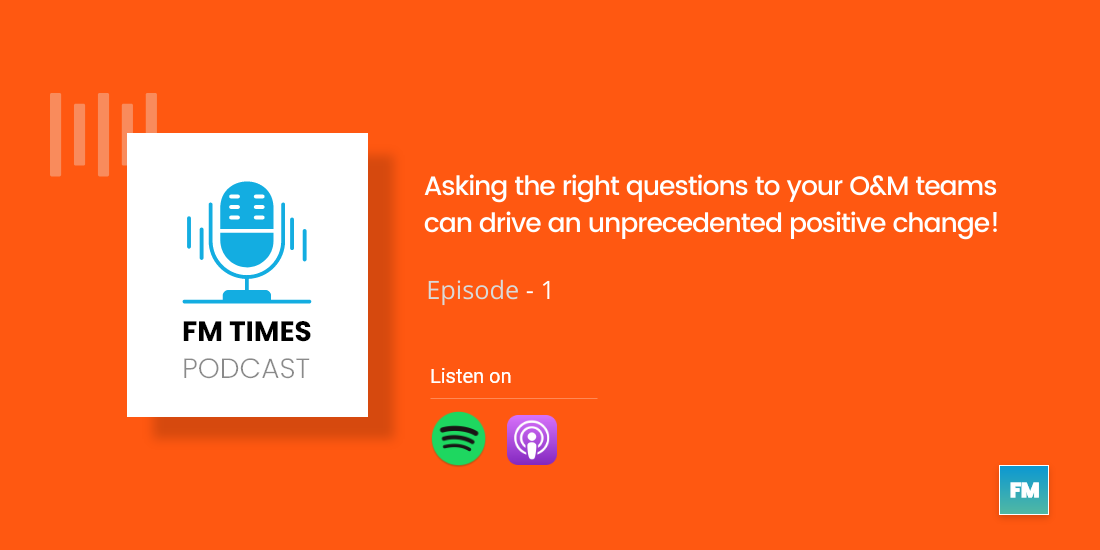
Asking the right questions to your O&M teams can drive an unprecedented positive change!
What happens when you ask the right questions to your O&M teams? How to enable that?
It’s a powerful question that every CXO of progressive Facilities Management company should be asking NOW! -

People Vs Process Dilemma- False Dichotomy
Having found the “true” purpose of doing what I do, I find it often disturbing when I hear #FacilityManagement leaders or professionals get into this People Vs Process Dilemma. This is a False Dichotomy.
People who follow the processes are usually not the ones who have designed it or had any kind of say in designing the same. As the industry starts to thrive on digital transformation this False Dichotomy is set to only get bigger and needs a change in status quo and a perspective shift.
How can we bring that change? I cover all this and more in the episode.
If you like what you hear or have any suggestions, please do share your feedback message.
-

Are FMs prepared for proposed Minimum Energy Efficiency Standards in the UK?
Energy neutrality and net-zero carbon emissions have been high on the global agenda for developed countries. This has resulted in an explosion of net-zero commitments, both from governments and corporations. Previously in one of our articles, we have covered how the govt of the UK has been planning to standardize its buildings stock by introducing a performance-based policy framework. In addition, there was another announcement related to the energy efficiency of the Commercial building at the same time.
On 17th March 2021, The UK government has launched a consultation on the proposed framework to implement tighter minimum energy efficiency standards (MEES) for privately rented non-domestic buildings in England and Wales to reach a long-term target of having an Energy Performance Certificate (EPC) rating of B by 2030.
MEES was first introduced by the Energy Efficiency Regulations in March 2015 and has been in place since April 2018. The EPC framework was used to rate private properties based on their energy efficiency.
What has changed?
The UK Government is now asking commercial buildings to increase their energy efficiency commitment in order to help achieve its ambitious goals of at least a 20% reduction in business energy use by 2030 and net-zero carbon emissions in the UK by 2050. Facilities that meet the higher EPC rating will be exempt from the heavy financial penalty and be able to get into new leases.
Currently, landlords are prohibited from granting new leases (including renewals and extensions) for non-domestic privately rented properties with an EPC rating below E. same will be applicable to the existing leases from 1 April 2023, making it an offense to continue to let a commercial space with an F or G EPC rating even in the middle of a lease term.
As per the new consultation proposals (subject to some exceptions) landlords will need to present a valid EPC by 1 April 2025 and then will have until 1 April 2027 to improve the building to at least an EPC rating of C. Landlords will then need to repeat the process by providing a valid EPC by 1 April 2028 and subsequently ensure that by 1 April 2030 the building has improved to at least an EPC rating of B.
Simply put, buildings that previously had to improve their energy efficiency rating up to E must now improve it to C and B within a shorter period of time.
The economical and environmental perspective behind higher MEES rating
For now, MEES is mandatory for privately-owned leased buildings that have a lease period of 6 months to 99 years. Although some types of buildings are exempt from the obligations for now, sooner or later they will come under one of the categories, and property owners will have to comply with the rule.
It’s a trade-off between up-gradation and penalty. Owners can upgrade building infrastructure with energy-efficient and sustainability-related measures or bear the financial penalty for inefficiency. In fact, in addition to the financial obligations from government agencies, they may also risk their reputation from a sustainability standpoint. In order to make an informed investment decision, investors are relying on technical due diligence (TDD) to learn how an asset actually performs and to identify potential risks.
According to Nick Sanderson, CFO at Great Portland Estates London, commercial buildings that don’t meet future legal minimum energy standards are at risk. “We are starting to see signs of offices being stranded by the growing demands of occupiers and regulators for sustainable buildings.”
Since it is clear that efficient buildings are the inevitable future it’s better to start planning for it rather than waiting for obligations to catch up. By improving their MEES ratings, businesses will be able to future-proof their buildings from more stringent standards, making them more attractive to tenants and providing a better occupant experience.
What actions FM / Property owners can take?
Energy efficiency plan:
If the facility-wide sustainability roadmap is not in place then this is the right time to take the first step by creating an “Energy Efficiency Plan”. It can be considered as a subset of the sustainability roadmap. Facility managers should identify assets that need the most attention. Planning should begin with the building’s data assessment, followed by the creation of baselines and the setting of targets. We have covered the net-zero planning in one of our previous blogs featuring Mitie’s net-zero strategy.The entire initiative should be able to assess the costs and benefits of improving energy efficiency and weighing these against other impacting factors within the business plan for the property.
Asset performance management strategy:
Through a holistic asset management strategy, energy and resource optimization, improved asset life, and better visibility into O&M activities can be achieved. It leverages the Process, People, Systems, Data, and Culture of the organization for the greater good. The asset performance strategy allows FM teams to prioritize business goals and align them with asset strategy by balancing cost, risk, and performance.
In one of our previous interactions Derren Mccredaie, head of estates, Sodexo healthcare had shared his thoughts on an ideal asset performance management strategy. According to him “when Asset reliability, higher functionality of the asset and low vulnerability of the systems aspects meet with resiliency then you get a great holistic asset performance management strategy”Use of analytics:
As we continue to zoom in on APM, we can understand the importance of analytics for building optimization. In terms of technology, data analytics has demonstrated its value in multiple ways in the real estate sector. Monitoring asset data at a granular level can give you a wealth of information about the asset’s behavior, you can correlate the pattern with the surrounding context. FM can use this information to come up with optimum maintenance scheduling, chiller sequencing, and forecasting the load profile for a specific day as well as develop a risk model of asset failures.Sustainability roadmaps, APM strategies, and Analytics can be seen as concentric circles with descending impact zones. Technologies such as Digital twins, remote monitoring control centers, and building automation can help the building operators to facilitate their building optimization goals where energy efficiency is one of the many outcomes of the initiative.
-
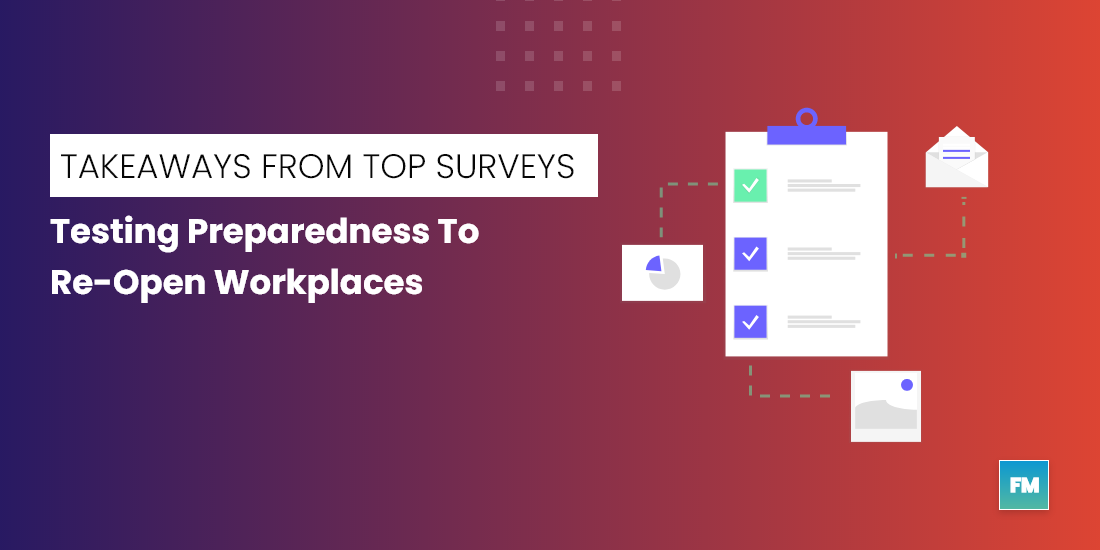
Takeaways from Top Surveys: Testing preparedness to Reopen workplaces
Are you familiar with John Driscoll’s Model of Reflection? Also known as the “What, so what, now what” strategy.
I’m sure you’ve heard of it recently. It is a reflective model for understanding problems and finding new solutions. It begins with the incident, leads to gathering information about the consequences, and later on leads to brainstorming ideas and a plan of action.
In light of reaching the halfway point for the year 2021, we thought this might be an appropriate time to introspect the situation with ‘what, so what, now what mindset’ and delve into one of the most frequently discussed yet incomprehensible topics in the CRE and facility management fraternity – How prepared are we and our buildings to reopen? (‘We’ represent all key stakeholders, including tenants, property owners, and facility managers.)
As a part of our research for this blog, we compiled surveys and study reports from leading think tanks, FM firms, and technology providers and analyzed them for distinctive trends and patterns. Some of the honorary mentions are Honeywell’s report – Rethinking buildings post-Covid 19 (June 2021), RICS UK FM Market Survey, Q2 2021, MRI’s Survey of Occupants and Landlords (March 2021)
Although most of the reports differed in their sample sets and survey methodologies, there were some similarities in responses and mindsets toward reopening offices. In this blog, we are highlighting those patterns to provide general consensus among CRE space.
Long-Lasting Impact:
Most of the measures taken as a first response to COVID will remain in place for longer than originally anticipated. Around 71% of respondents (facility managers) in Honeywell’s survey indicated that COVID had made them rethink their O&M practices, and among all the measures taken, air quality upgrades and safety protocols will permanently remain. As FM teams strive to achieve multiple goals, smart building solutions will be seen as a high potential for investment.
In terms of safety measures, Indoor Air quality has become a priority across the globe. 55% of respondents have ranked optimized IAQ as the most important aspect of a healthy building. Intriguingly, that mandate also shows up in investment patterns in technology. As per RICS’s survey, investments in health and well-being have seen the highest growth in the past 12 months besides energy management.
The pace of Digital Transformation:
Most FM teams are drafting their digital strategy, and COVID has given them the much-needed impetus to accelerate their efforts. The use cases that made theoretical sense before the lockdown are now being implemented on a large scale. A change in direction was driven by customer expectations, competition, and the feasibility of operations.
Honeywell’s survey suggests that ninety-four percent of respondents agree that remote facility management has become more important. More than two-thirds of them are interested in investing in smart buildings to drive efficiency and sustainability, as well as technology such as machine learning and artificial intelligence.
There is a high demand for solutions aimed at helping facilities managers remain operational. Research by Resonai forecasts that smart maintenance and repair applications that can help reduce downtime will be adopted at the highest rate (45%) of any new technology.
Expectations Vs Reality:
In spite of the majority of respondents believing in the benefits of new technologies as well as wanting to invest in them, the ground reality is slightly different.
While 93% of respondents agreed that improved air quality is important to occupants and stakeholders, only 37% have air quality management systems in place. The same study found that although 90% of surveyed facility managers think contactless building entry is important, only 35% of them currently implement it.
The DMA group found that 68 percent of facilities management professionals felt confident in knowing how smart technology could save money, time, and improve service delivery quality; however, only 27 percent said their organization’s FM/property teams are unlocking the full potential of smart technology for business process automation.
According to us, the risk appetite is among the reasons they are not following their instinct. It is important to understand that while digital technologies provide lucrative opportunities, the FM teams are working with very small margins of error. They have already digested significant losses due to contract restructuring and these extended lockdowns are only making things difficult for them.
However, this could be an opportunity for technology players to test their applications with low-cost subscription models. They can work under the shared risk principle with the FM team and after successful demonstration charge the full fee.Customer experience and relation-building:
MRI’s survey revealed that 77% of respondents indicated that contact with tenants and landlords has improved greatly since the pandemic. FM teams can now better handle compliments and suggestions thanks to the switch from email to chat on workplace management applications, which allows turnaround times to be cut dramatically.
Ashok Mathew, senior manager at Ejadah, shared a similar experience during our #CREate talks with CRE changemakers. According to him, covid gave them the opportunity to work closely with developers’ decision-making teams, which helped them understand nuances of the service delivery mechanisms and win six Customer Centricity World Series awards for 2021.In addition to a change in communication mediums, initiatives like Net Zero have opened up many doors for FM teams to engage with clients’ strategic teams and create new revenue opportunities.
Do you have experience with any of the above 4 trends? Did you learn anything from this experience, and did it assist your team in reassessing the situation and planning a safe reopening? Please share your thoughts with us at [email protected]